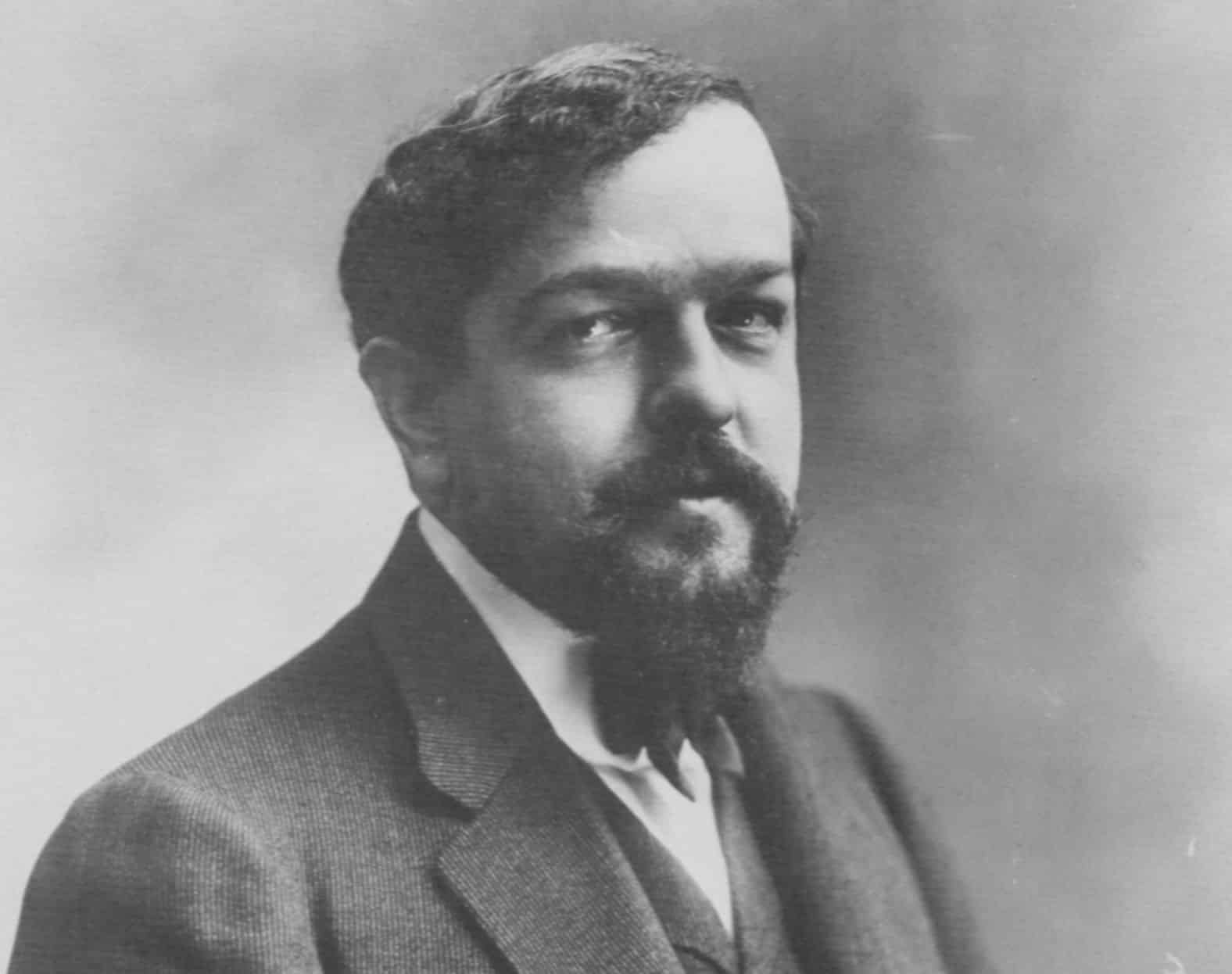
Claude Debussy: A Life in Music
Achille-Claude Debussy (1862–1918) was a French composer whose innovative works profoundly influenced 20th-century music. Often associated with musical Impressionism, a term he himself disliked, Debussy[…]

Debussy – Deux Arabesques
Claude Debussy’s Deux Arabesques stand as two of the most beloved works in the solo piano repertoire, offering a glimpse into the budding genius of[…]

The Story Behind Debussy’s Ballade
Claude Debussy, one of the most celebrated French composers, is renowned for his innovative contributions to the world of music. His works often reflect a[…]

The Story Behind Debussy’s Arabesque
Claude Debussy (1862–1918), one of the most celebrated composers of the Impressionist era, created a body of work that continues to captivate audiences with its[…]

Claude Debussy – Biography and History
Claude Debussy, a luminary of impressionist music, was born on August 22, 1862, in Saint-Germain-en-Laye, France. His pioneering compositions would revolutionize classical music, earning him[…]